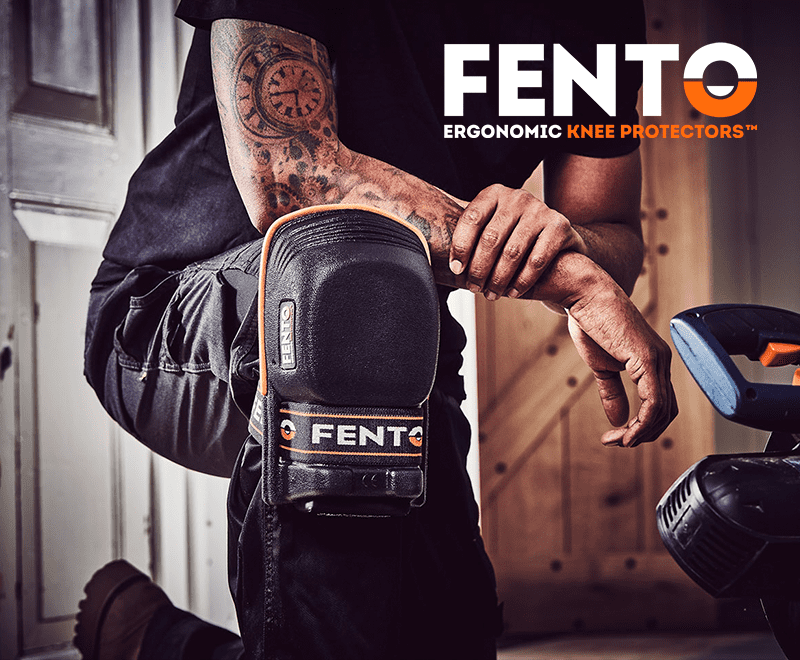Peter Vann, director of Ceramique Internationale, discusses the important differences between high and low quality marble-effects
French poet and novelist Victor Hugo once wrote: “Dear God! how beauty varies in nature and art. In a woman the flesh must be like marble; in a statue the marble must be like flesh.”
Today, producing tiles is very much an art form, and when it comes to marble-effect tiles there can no longer be any excuse for the sub-standard products that still flood the market – marble really must be like marble.
The benefits of marble tiles over the natural form of the stone – cost, maintenance and installation – are well documented, but within the industry there are still huge variations in the quality, and therefore cost, of marble tiles.
In essence, the technology that is utilised in the printing process to emulate white marble has developed way, way beyond the simple single-image repeat of the ‘80s, so we have all become used to seeing the incredibly realistic non-repeating textures and veining.
Digital printing now comes as standard for both ceramic body wall tiles, and porcelain body wall/floor tiles, so the level of engineered cost within a tile is often reflected in the selling price, on the basis of it being decorative only or, in the case of porcelain, decorative as well as the necessary performance characteristic of strength.
More often than not it’s the actual printing that can make two tiles with broadly the same marble effect come in at totally different prices.
For example, on the replication of the popular Statuario or Calacatta marbles, if you take a cheaper product and look very closely at the printing of the vein which forms the grey/gold-coloured elements of the design on a white background, the pixelation is often obvious. You can see how the printhead, which squirts the design, has done so in a manner where each tiny dot of ink can be individually observed. When viewed at a distance it looks OK, but sitting in your bath, or standing under your wet room shower it looks poor.
Although the print technology is high tech compared to the single print or multi-print screens of the past, a low tech version of the design has been incorporated and the result has significantly reduces the level of realism, resulting in a tile which has far less aesthetic appeal.
In layman’s terms: cheaper, but just not as nice to look at.
Typically, it’s the Italian top line factories, who pay a much higher level of attention to this detail in their R&D, that get it right, as they strive to produce the most accurate copy of the stone. And they do this because it’s the best way to attract customers away from the hassle and expense of fixing real marble.
From a retailer perspective, we would offer this advice – stock the best quality you can and don’t tell your customers to stand back and admire the tiles. Instead hand them a magnifying glass and challenge them to not be amazed at the print quality, then you won’t need to justify the price.








